
Much to the disappointment of their fans, the Hungarian national football team suffered a 5–0 defeat to Germany in the first round of the UEFA Nations League in Düsseldorf on Saturday. Both national team captain Marco Rossi and star midfielder Dominik Szoboszlai emphasized that a win in Tuesday’s game against Bosnia is the only acceptable outcome to put the shame of Saturday’s defeat behind them.

Former President János Áder, joined by infectious diseases specialist János Szlávik, discussed the importance of vaccinations in preventing serious infections such as severe COVID-19, whooping cough, and measles in the latest episode of the Blue Planet podcast.

One of the 21st century’s greatest scientific questions is whether humans have free will. This year’s Brain Bar will give special attention to this topic, with notable guest speakers such as Avi Loeb, Gerard Barron, and Lars Chittka.
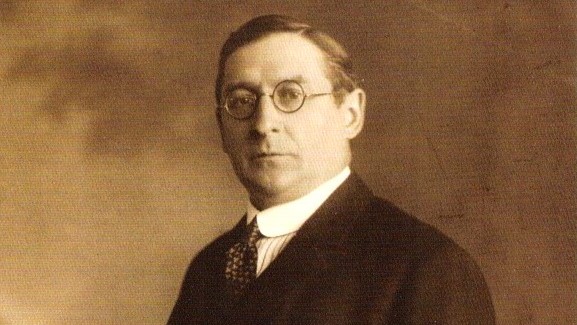
‘Klebelsberg believed that “today it is not the sword but culture that can keep the Hungarian homeland alive and make it great again”, and he considered it important not only to educate the Hungarian elite but also to develop the education of the people. Legislation published in 1926 provided for the construction of 3,500 new classrooms and 1,750 teachers’ dwellings, in the following order: first, in isolated rural districts without schools, then in villages without schools, and finally in overcrowded urban schools.’
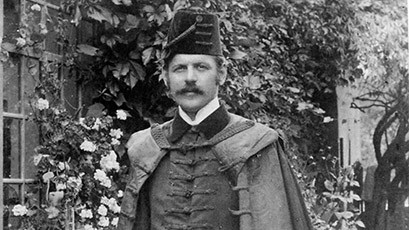
The question of what kind of apparel Reformed ministers should wear was still not fully resolved by the beginning of the 20th century. A weekly titled Lelkészegyesület (Clergy Association), launched in 1908, dedicated twenty-five articles, announcements, appeals, and comments to this topic in its first issue.

Central and Eastern Europe’s largest artificial intelligence conference will be held in Budapest at the House of Music on 9–10 September. As part of the event series in City Park, not only will the House of Music take centre stage, but the internationally renowned Museum of Ethnography will also host the Media Future stage.

Swimmer Zsófia Konkoly won her second gold medal at the 2024 Paralympics yesterday; while long jumper Luca Ekler defended her title and won another gold in her event after the Tokyo games in 2021. The Hungarian para-athletes also earned a silver in fencing, as well as a bronze in swimming and table tennis respectively.

The series is a monumental historical drama that portrays the life, love, and battles of János Hunyadi, the legendary 15th century Hungarian military leader, offering a glimpse into the political landscape of Europe at the time. What makes the series unique is its cast of over 600 international actors and stunt performers, with the characters speaking in their native languages, enhancing historical authenticity.

Dominican Hungarian guard-forward Vincent Valerio-Bodon spent the last season with the Los Angeles Lakers’ reserve team South Bay Lakers, but now has the chance to make his debut in the NBA with the 17-time champions. He would be the second Hungarian basketball player to play in the NBA.
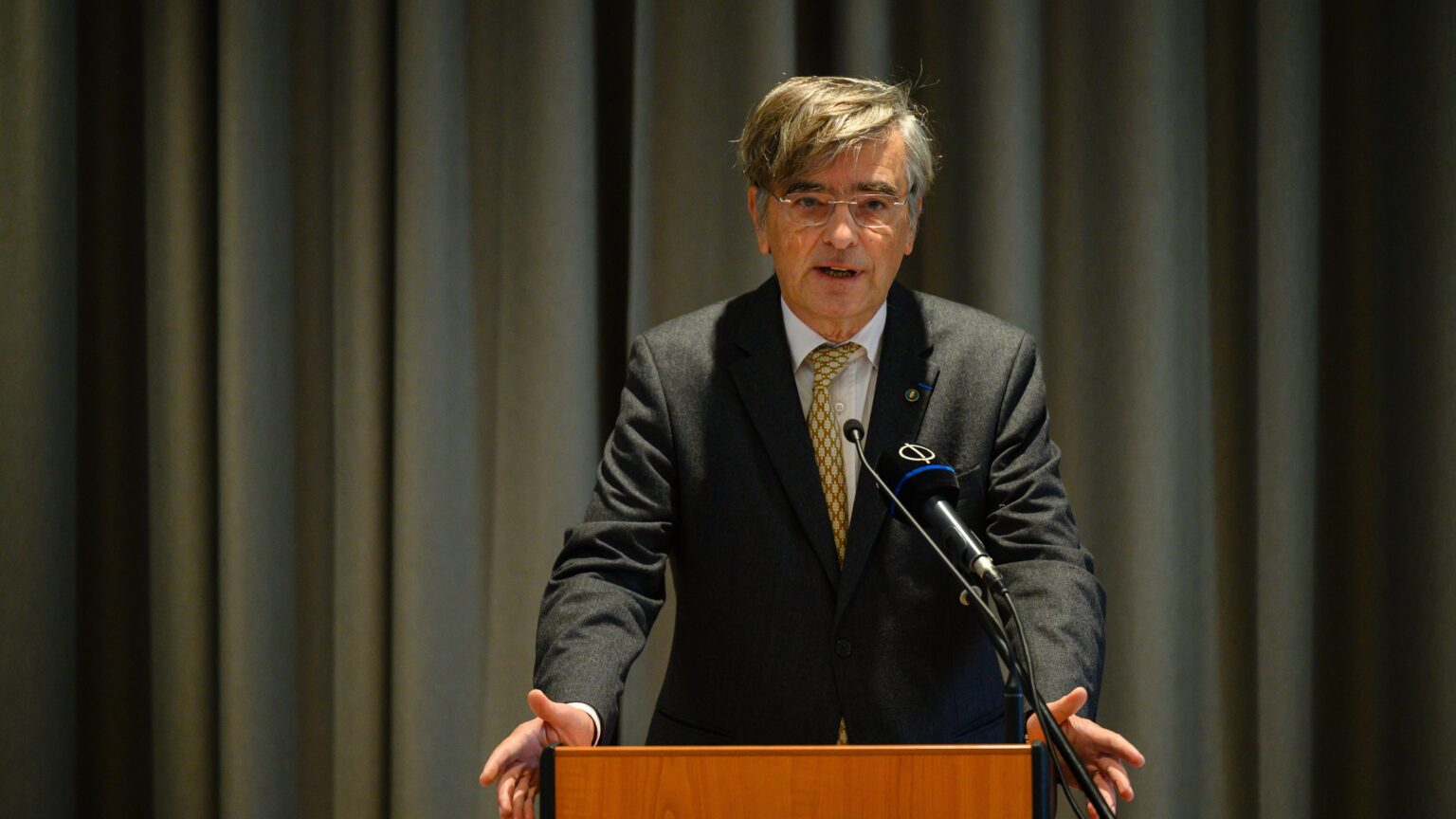
György Károlyi highlighted in an interview with French right-wing website Boulevard Voltaire the absurdity of the ECJ fine, adding that in his opinion, the leaders of the European Union ‘still do not understand that a country cannot be bought with money.’
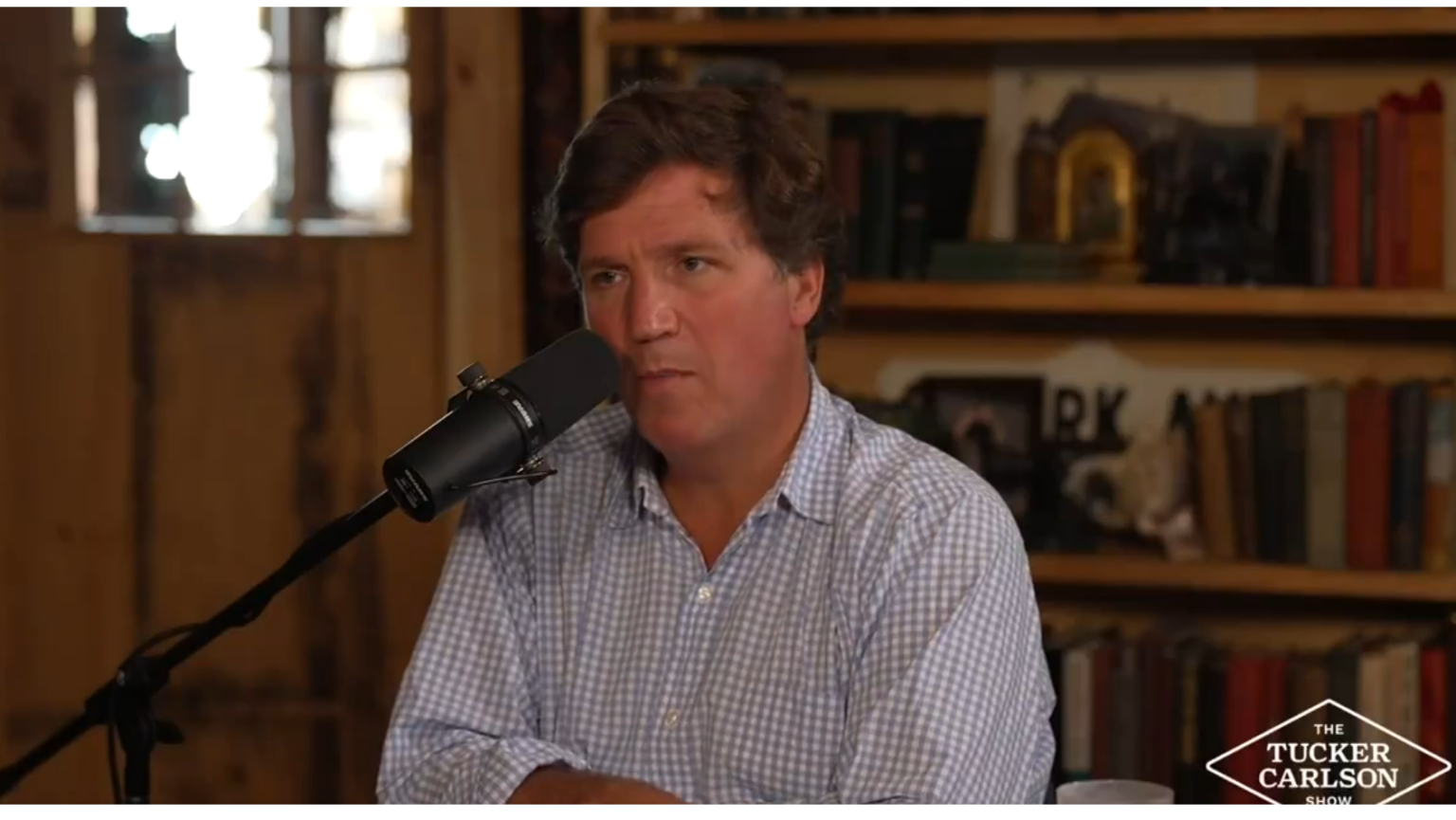
In his interview on The Tucker Carlson Network with Darryl Cooper, Carlson shared his perception of three major right-wing political figures he has interviewed, Viktor Orbán, Donald Trump, and Vladimir Putin. He believes that as opposed to how the mainstream media likes to portray them, none of them are particularly radical, rather ‘sincere nationalists’ who ‘want to do the best for their countries’.

The need to regulate mobile phone use has become evident based on experiences from recent years, as excessive use has been shown to significantly hinder children’s academic performance and negatively impact their physical and mental well-being.

In the US Presidential election of 1876, the final vote count could not be decided in three states—Florida, Louisiana, and South Carolina—due to rampant voter fraud. A special ‘Electoral Commission’ rewarded all 19 electoral votes to Republican Rutherford B. Hayes, despite him losing the popular vote to Democrat Samuel Tilden. Hayes won the Electoral College by a single vote. In order to avoid a second civil war, Hayes ended reconstruction, the military occupation of the South by the North after the American Civil War.

‘If Hungary does not receive more oil from Russia, we will simply not survive; we will not be able to supply the country,’ Hungarian Minister of Foreign Affairs and Trade Péter Szijjártó emphasized in an interview with the Russian TV channel RBK. The minister stressed that currently, there is no alternative route capable of supplying Hungary with sufficient oil other than the pipeline that runs through Ukraine.

As Hungary holds the presidency of the Council of the EU, it can leverage its influence to set the EU’s agenda in favour of increased imports of Turkmen gas, presenting it as a strategic and cost-effective alternative to Russian energy dependence. This would not only support Hungary’s energy strategy but also align with the broader EU goals of securing diverse and reliable energy sources while enhancing its presence in the geopolitically significant Central Asian region.

The case of the Algerian boxer Imane Khelif was undoubtedly one of the biggest scandals of the summer, dominating headlines in major media outlets for weeks. Hungarian Conservative sat down with former Olympian Zsuzsa Csisztu to examine the controversial athlete’s rise and its impact on women’s sports from the perspective of a female athlete.

Speaking at the festive senate meeting marking the start of the academic year at the University of Pécs on the Day of Hungarian Higher Education, State Secretary Varga-Bajusz noted that higher education serves students, families, teachers, the Hungarian economy, and the Hungarian nation—essentially, it is ‘for us, our present, and our future.’
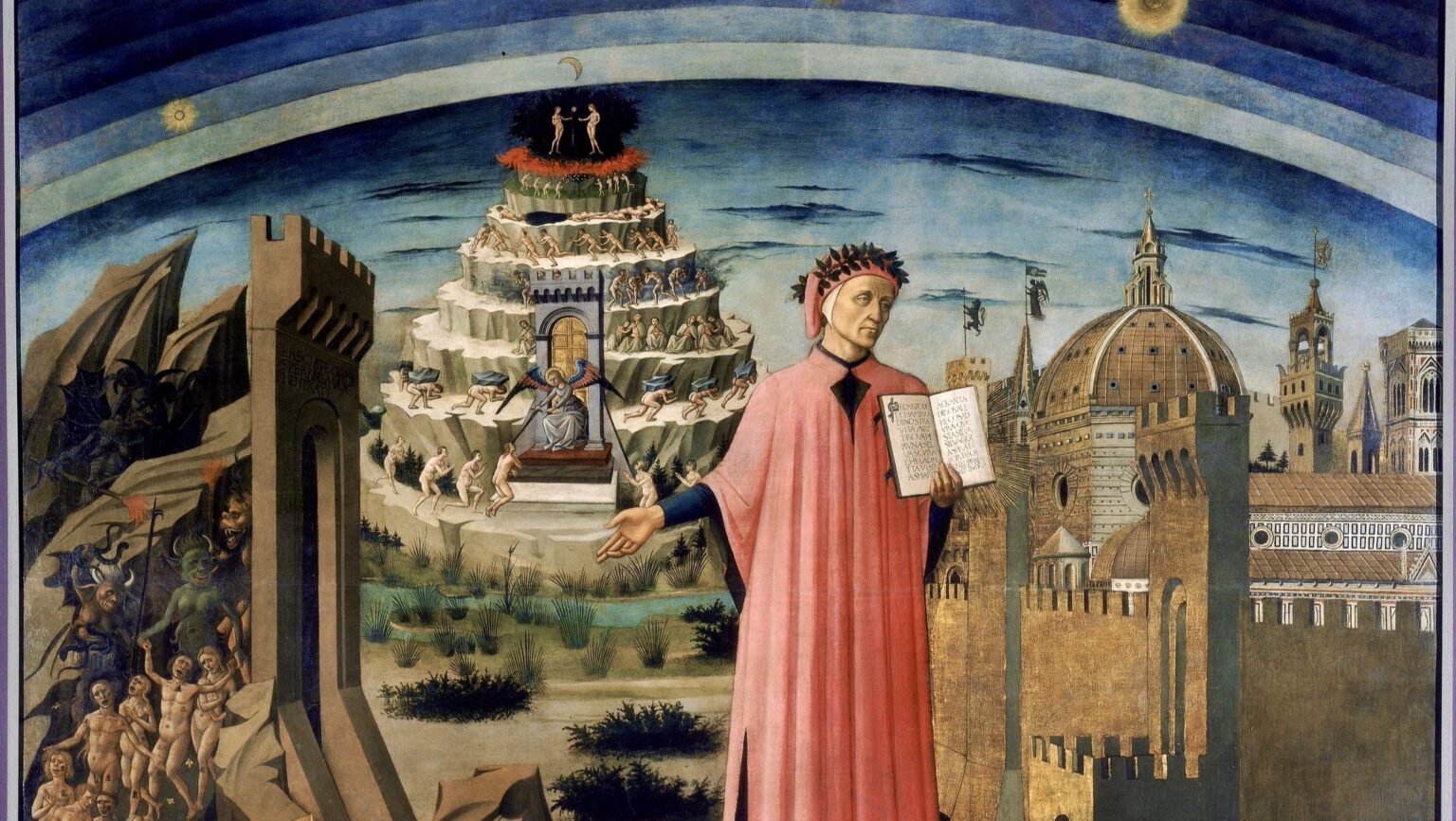
‘To discover this need to escape the darkness, one must first descend. One of the themes of Kontroll is descent, in both a literal and figurative sense. Another tale featuring this theme is La Divina Commedia (The Divine Comedy) by Italian writer and poet Dante Alighieri (1265–1321). In many ways, Kontroll is a re-telling of The Divine Comedy, with a message of redemption that can be applied to the individual, and to Hungary itself.’
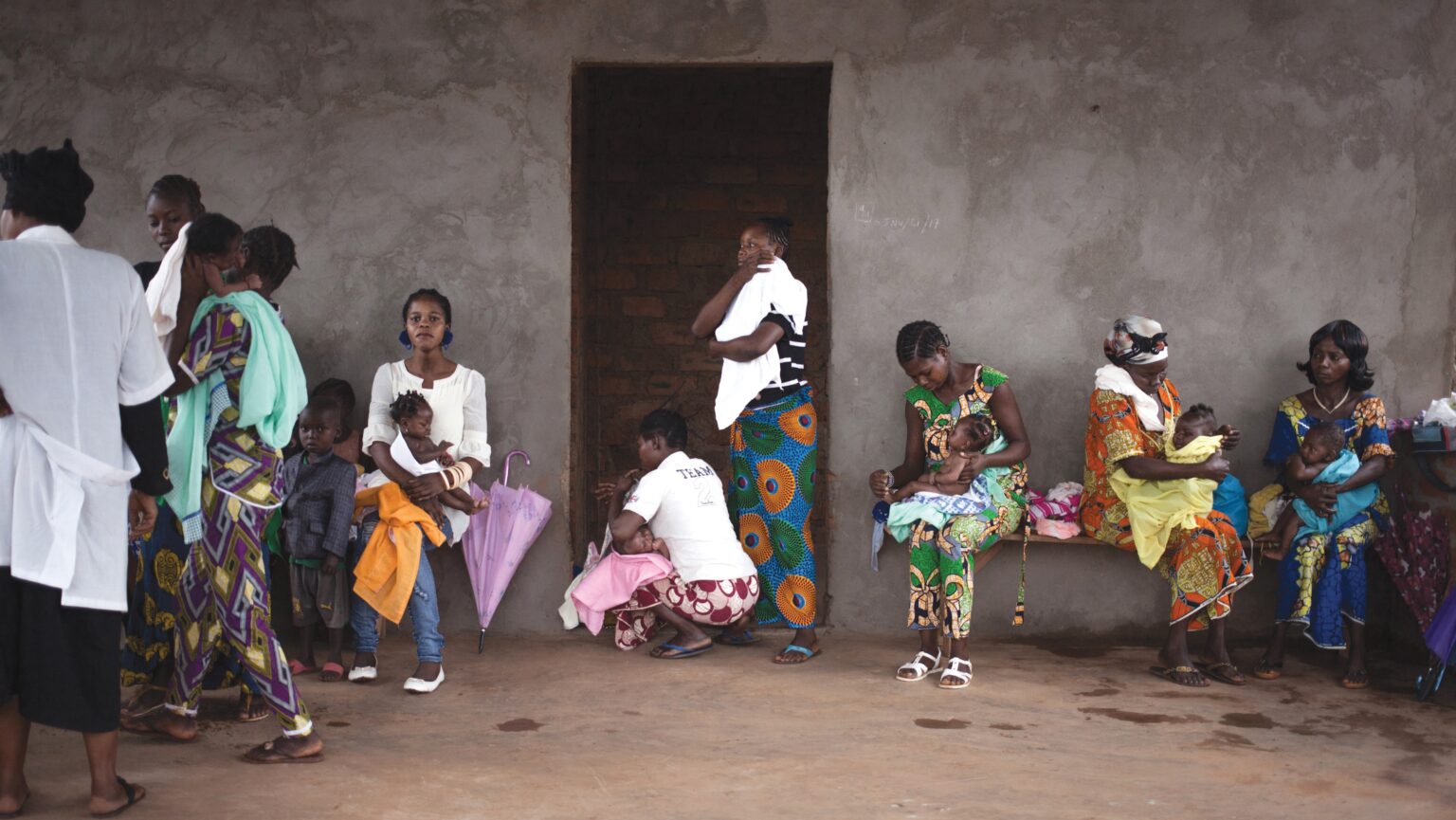
‘The main reason why Africa has barely been affected by the demographic transition is to be found in its historical circumstances. The continent only joined the capitalist world system in the mid-to-late nineteenth century—the latest of all the important global regions. As a result, the typical consequences of adopting this model were significantly delayed in Africa.’
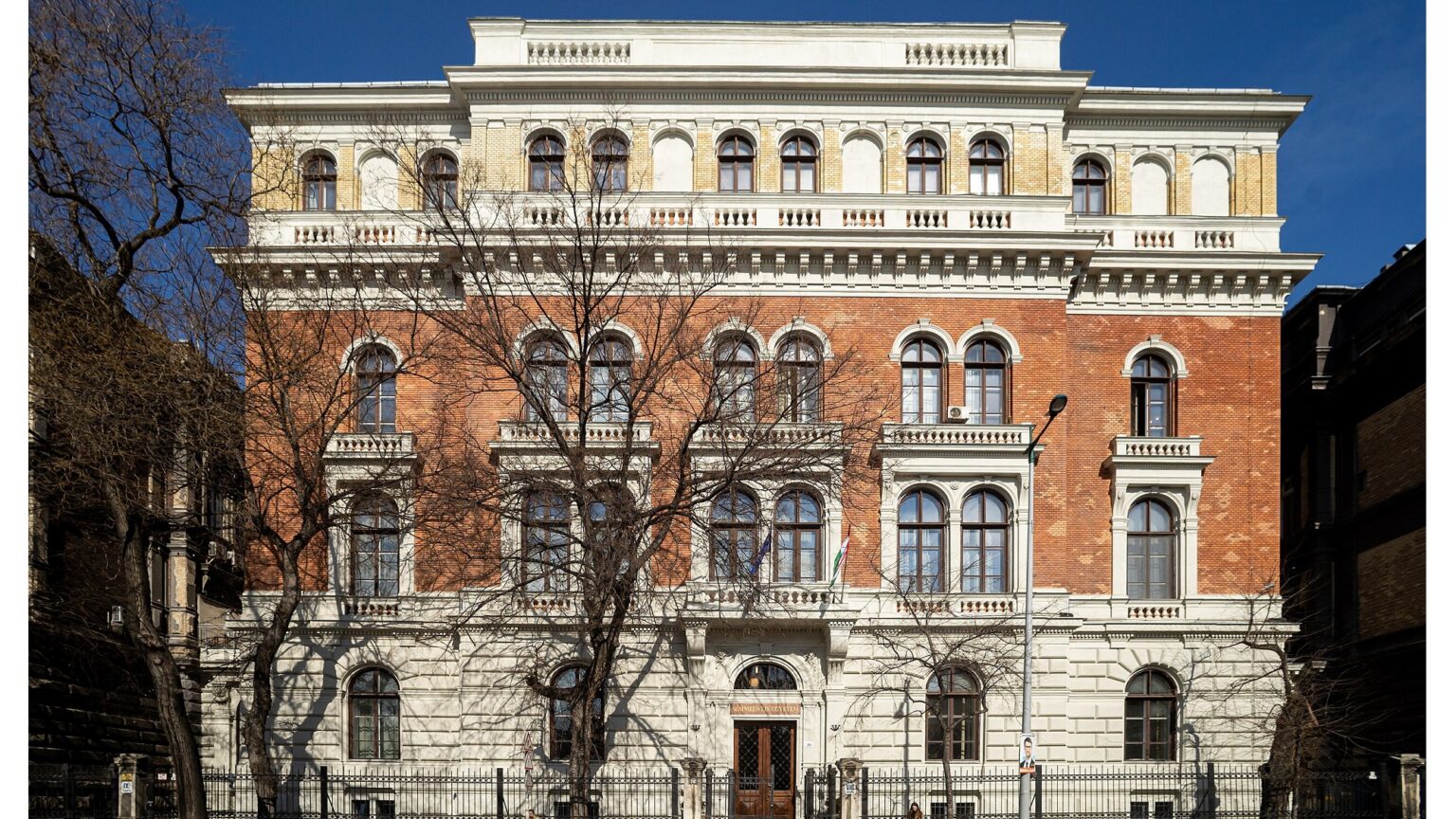
From this year onwards, Hungarian universities and colleges have full discretion in how to award the 100 ‘extra points’ in the admission process. Minister of Culture and Innovation Balázs Hankó of Hungary lauded the new system, saying it provides ‘flexibility, competitiveness and institutional autonomy’.

The Hungarian central bank, through its Green Programme launched in 2019, has sought solutions that not only serve the goal of achieving climate neutrality but also contribute to mitigating the extreme weather conditions caused by climate change and improving the state of biodiversity.

The reigning Hungarian champions Ferencváros beat out the Bosnian side FK Borac Banja Luka on penalties in the away leg, and thus qualified for the Europa League’s newly established league phase. Meanwhile, Puskás Akadémia also made it to the penalty shootout against the finalists of the last two Conference League campaigns, the Italian Fiorentina, but narrowly fell short this time.
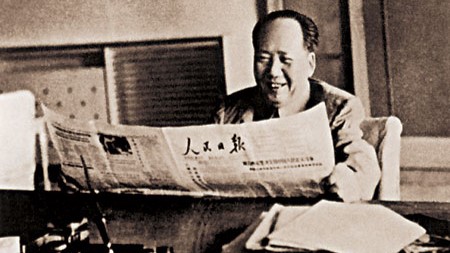
‘The influence of Mao’s Cultural Revolution can indeed be seen as haunting Western universities today. In some respects, Western universities are now experiencing what Eastern European institutions endured under communism.’
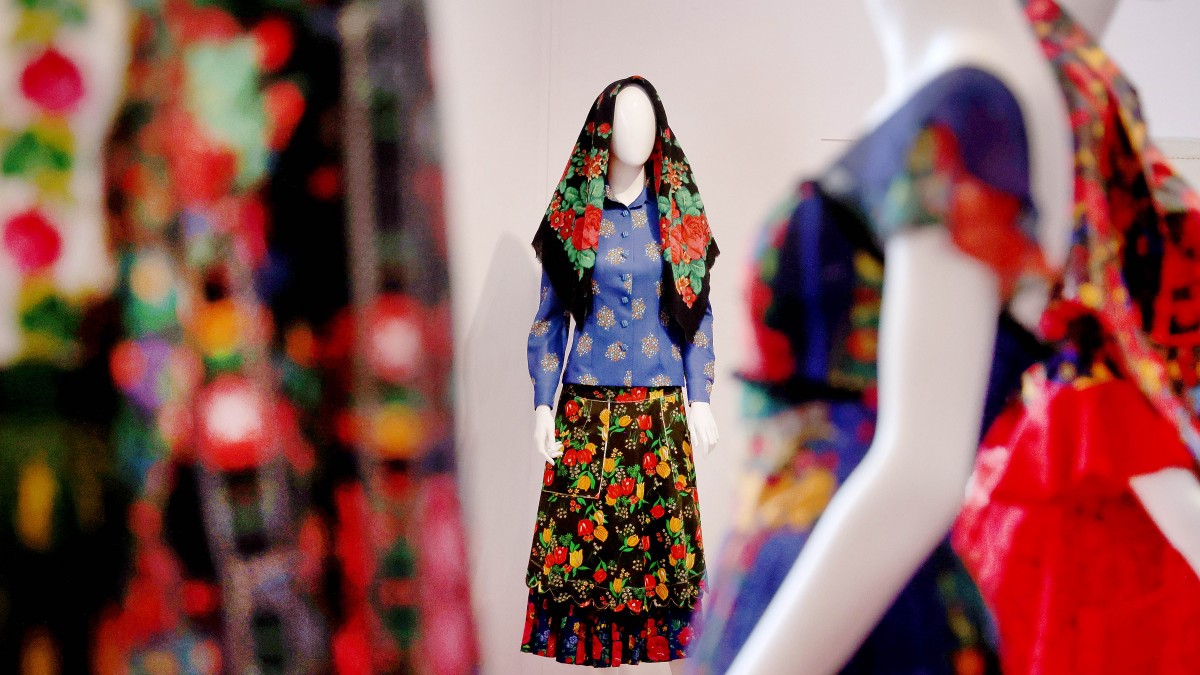
Zsófia Kovács, Director of the Brussels Liszt Institute, stated that the exhibition is about identity in today’s diverse world. She emphasized that the prominence of Roma culture in the Institute’s programme serves as a reminder that Hungary was the first country to create a Roma strategy in 2011 and took the initiative to elevate the cause of Roma culture to a European level.

According to the statement issued by the organizer, Zsolnay Heritage Management Nonprofit Ltd (ZSÖK), visitors at the Star Wars day in Pécs can expect to meet around fifty characters during the morning and afternoon costumed parades.

‘The demographic shift also suggests a move towards an increasingly multipolar world order. Not bipolar, but multipolar. While the West’s demographic weight is rapidly declining, so is that of its main opponent, China, and to such an extent that its aspirations to take over the role of global hegemon from the United States no longer seem feasible, and its economy may even slide into stagnation.’
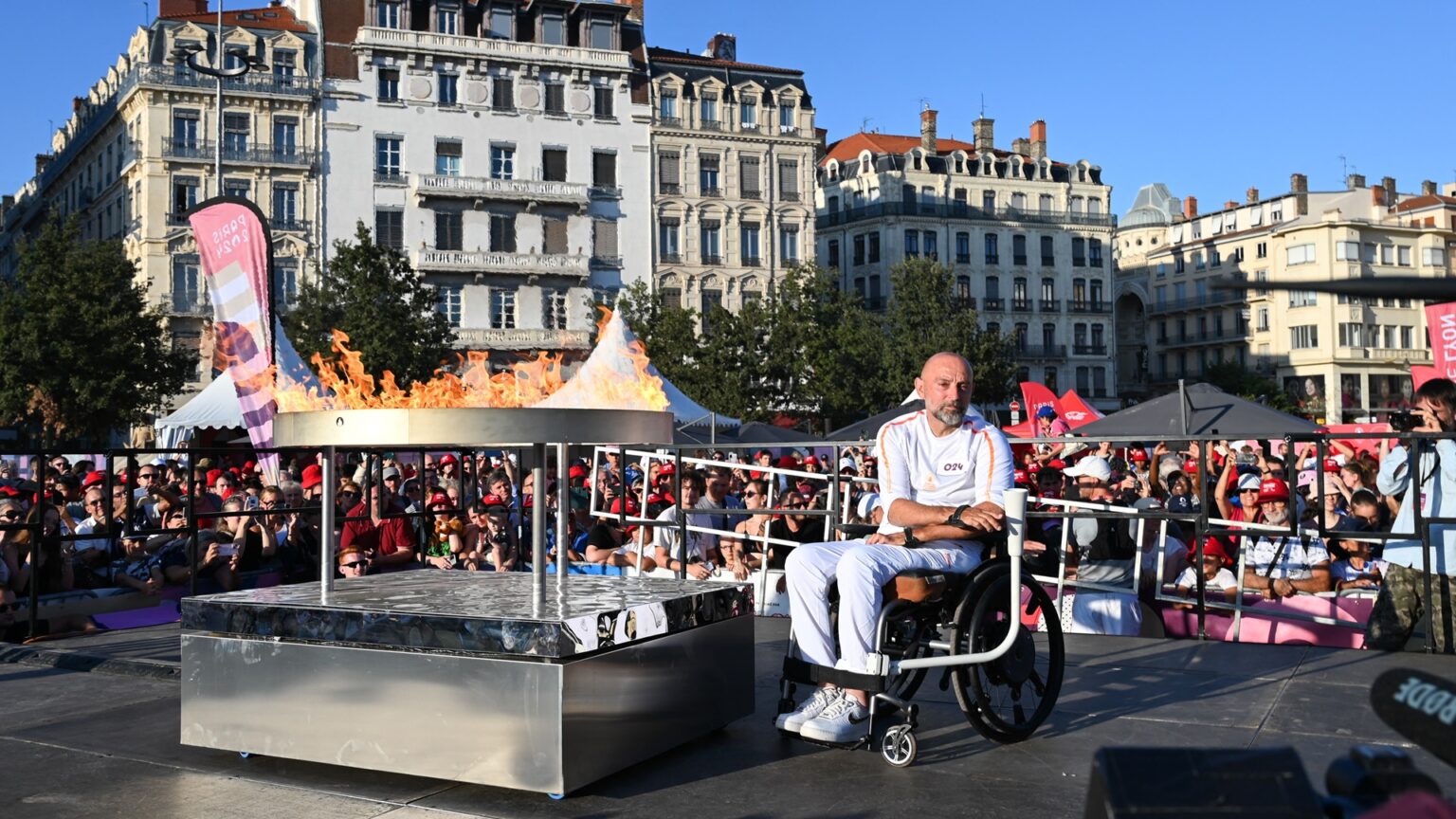
Hungary performed outstandingly well at the last Paralympic Games in Tokyo in 2021, collecting seven gold medals. This year, there are 39 Hungarian para-athletes competing in the French capital at the 17th Summer Paralympic Games.

Abraham Lincoln was the first President ever elected from the Republican Party. He ran on a platform promising to prevent slavery from spreading within the Union. Therefore, his election directly led to the secession of 11 Southern states, which, in turn, led to the American Civil War.

During the summer’s largest music festival in Hungary, approximately 160,000 foreign guests arrived, spending 10 per cent more nights in Budapest than during last year’s event. Considering foreign travellers, the most visitors once again came from the Netherlands, followed by Italy, the United Kingdom, Germany, and Spain, according to the Hungarian Tourism Agency.

At the enlistment event Sergeant Ádám Boncz, a recruitment NCO, recalled to the media that the Defence Forces’ campaign titled ‘I Love It, I Protect It!’ was launched on 17 June and has since attracted continuous interest, with more and more citizens opting to join the reserve service of the Hungarian Defence Forces.